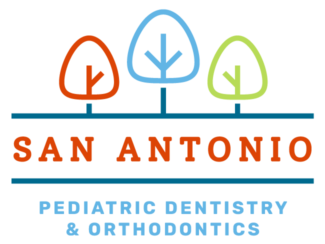We’re here for you
Got questions? Ask away!
Some of Our Commonly Asked Questions
If your question isn’t listed below, reach out and we’ll be happy to assist.
What age should my child have an orthodontic evaluation?
Why is it important to have orthodontic treatment at a young age?
Research has shown that serious orthodontic problems can be more easily corrected when the patient’s skeleton is still growing and flexible. We can prepare the mouth for the eventual eruption of the permanent teeth by correcting the skeletal problems at a younger age. If the permanent teeth have adequate space to erupt they will come in fairly straight. If the teeth erupt fairly straight, their tendency to get crooked again after the braces come off is diminished significantly. After the permanent teeth have erupted – usually from age 12-14 – complete braces are placed for final alignment and detailing of the bite. Thus, the final stage of treatment is quicker and easier on the patient. The last phase of treatment usually lasts from 12 – 18 months and is not started until all of the permanent teeth are erupted.
Doing orthodontic treatments in two steps provides excellent results, often allowing the doctor to avoid removal of permanent teeth and jaw surgery.
- Phase-1 treatment is conducted when some of the baby teeth are still present.
- Phase-2 treatment occurs after all of the permanent teeth have erupted.

